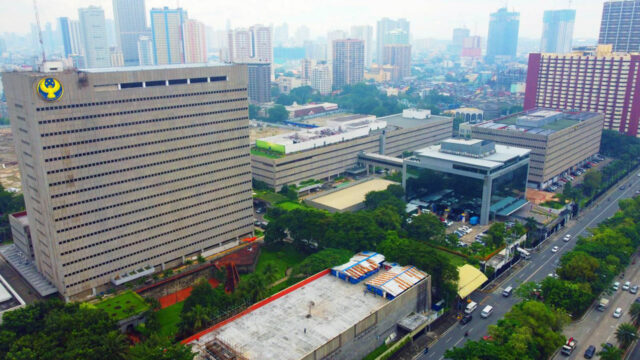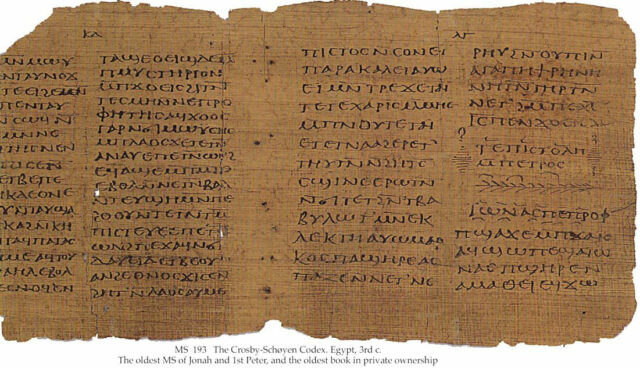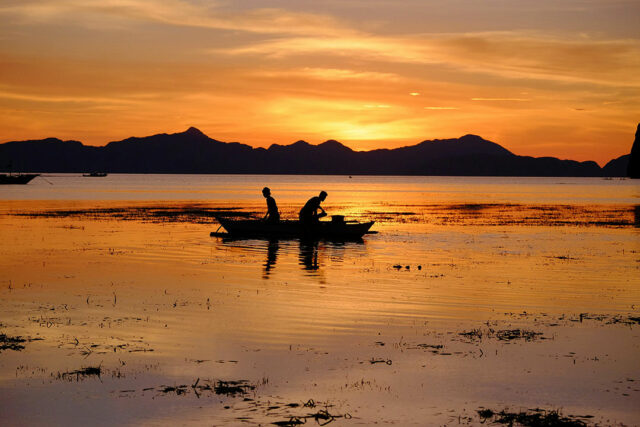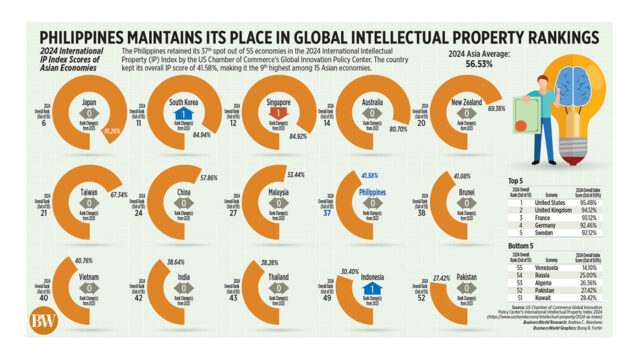In a country with a deep-rooted love for automobiles, the local auto industry is always changing, and it’s embarking on a transformative journey that is driven by growth, innovation, and modernization.
To continuously reshape mobility, auto firms and professional services highlight trends that will cater to market needs, consumer preferences, and advancement in technology. These are a few key trends to watch out for.
Artificial Intelligence (AI)
Like smartphones, cars are also getting smarter and more advanced in the tech-driven world. Today, the way we travel is changing for the better through artificial intelligence. It is a powerful tool that can create safer, smarter, and sustainable transportation. From autonomous driving, personalization, and traffic congestion, it is no surprise that many automotive companies are embracing AI and its solutions.
“AI, with its ability to analyze complex data, learn from patterns, and make real-time decisions, holds immense potential to improve efficiency, enhance safety, and optimize resource utilization across various transportation sectors,” app development company Syndell Tech said in an article.
The future of AI in transportation holds immense potential for new developments and innovations in transportation and mobility.
Mobile and web development company Dev Technosys said, “As artificial intelligence continues to evolve, its pivotal role in the automotive industry expands. The impact is poised to grow, especially with advancements, influencing innovation and creating opportunities for mobile app development services providers.”
Electric Vehicles (EV)
According to a recent report by global management and consulting firm McKinsey & Company, consumer preferences in mobility are changing, with 62% shifting towards sustainable transportation habits, while 40% are embracing eco-friendly transportation modes such as electric vehicles (EV).
With EVs, the automotive sector is transitioning towards a cleaner and more sustainable future of transportation. EVs’ ability to optimize efficiency and drive innovation will further propel this transformation. As if to prove this trend, 42% of participants in McKinsey’s study said that they would prefer an EV as their next vehicle.
“Electric vehicles (EVs) are transforming the mobility sector to an extent not seen since the introduction of the Model T Ford. Public acceptance of EVs — once uncertain — has reached a tipping point and will continue to grow as consumers seek more economical, environmentally-friendly transport options,” McKinsey said.
Micromobility
Micromobility is another seen driver in the automotive scene. The Philippines, in particular, is a promising market for micromobility due to its extensive use of bicycles, motorcycles, scooters, and three-wheelers.
According to electric-vehicle platform Yugamoto Tech, the rise of electric-powered bikes, motorcycles, and scooters is changing the game of public transportation in the metro, especially for commuters. Electric bikes and motorcycles, which are tailored for the Filipino market come with eco-friendly features, such as sturdy baskets and enhanced systems that are perfect for daily and commute rides.
“The environmental impact of these e-bikes and scooters is significant, with the potential to reduce traffic congestion and pollution in the city,” Yugamoto Tech said in a recent article.
“Safety, a vital aspect of this new urban mobility solution, was also addressed. With the introduction of these electric rides, there is an anticipated collaboration with city authorities to ensure their safe integration into Manila’s existing traffic systems,” it added.
Micromobility technology is already being used by several motoring companies in the country, including Moovr and Gogoro.
“We noticed the majority of our riders take long rides and we want to offer them a more comfortable riding experience. We looked at other cities in the world where micromobility has been successful, and adopted the same technology in our devices,” Carlo Rombano, head of Operations at Moovr was quoted in the article.
Air mobility
For advanced transport solutions, air mobility has also become the talk of the town, and this year German air mobility firm Lilium is bringing its all-electric vertical take-off and landing (eVTOL) jets in the Philippines.
With this, Lilium is partnering with Philjets, to introduce “flying cars” in the country. This collaboration signals the start of a modernized air transport era in the Philippines, focused on minimizing carbon footprint and air mobility efficiency.
“Our team is proud to collaborate with Lilium on the mission to transform the Philippines’ mobility with eVTOLs. With its growing economy, geography and important tourism industry, the Philippines is a great match to the Lilium Jet’s capabilities,” PhilJets Chairman Thierry Tea said.
“Innovation in aviation is gaining traction among regulators, urban planners and industry leaders of worldwide economies. Providing efficient connectivity to customers while reducing carbon emissions is a major focus for air transport operators such as PhilJets,” he added. — Angela Kiara S. Brillantes

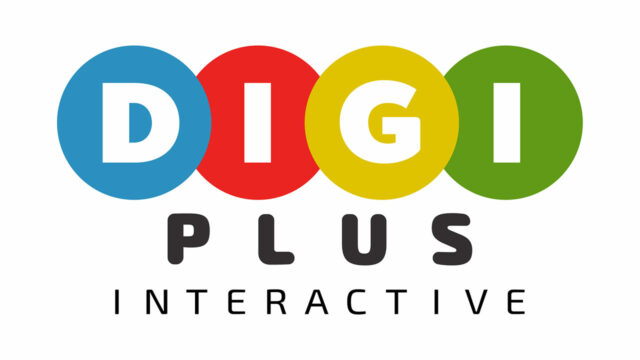
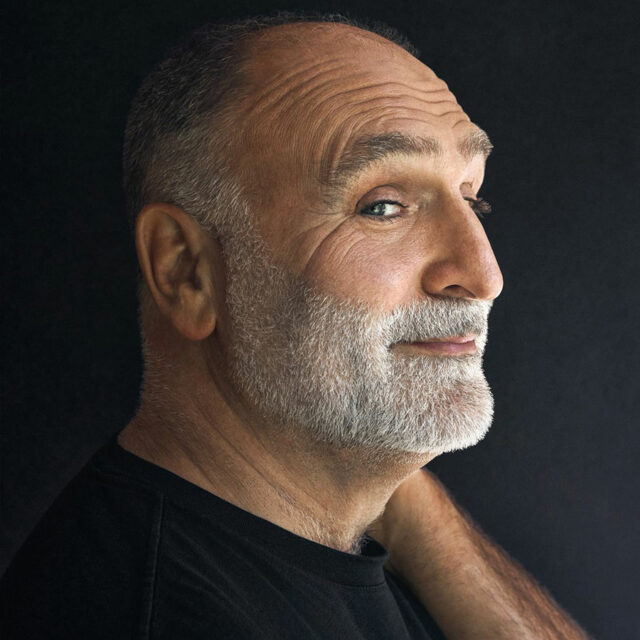
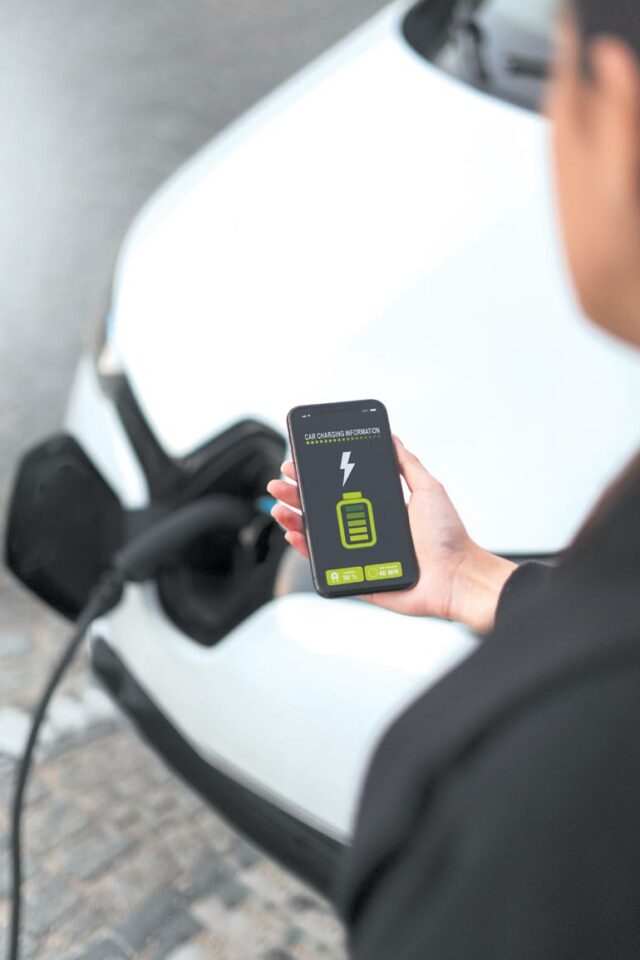
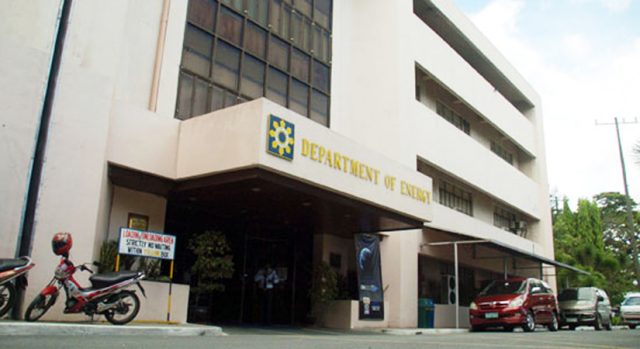
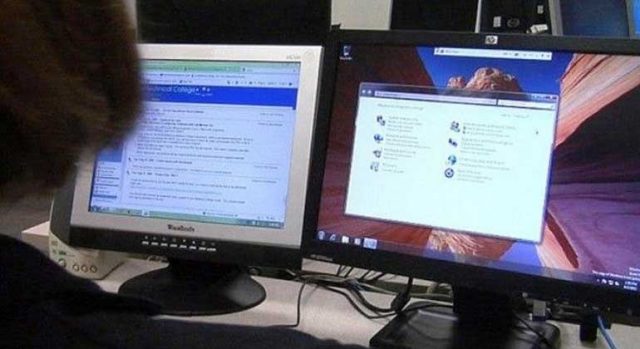

![UPC-Renewables-Indonesia--[UPC-Renewables-Indonesia-]](https://www.bworldonline.com/wp-content/uploads/2024/04/UPC-Renewables-Indonesia-UPC-Renewables-Indonesia--640x360.jpg)
